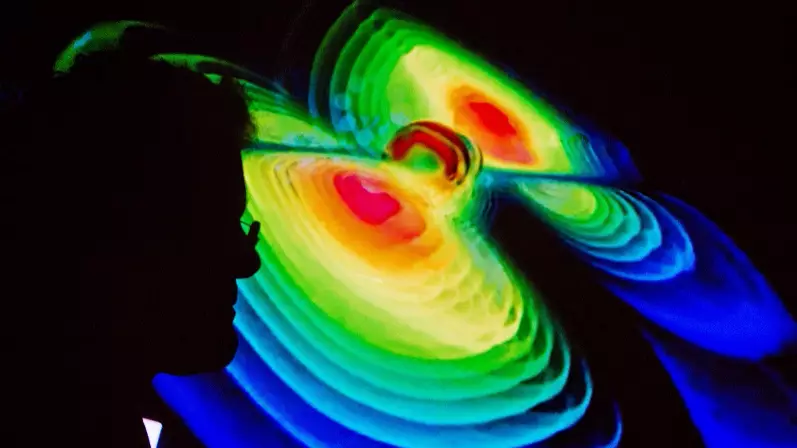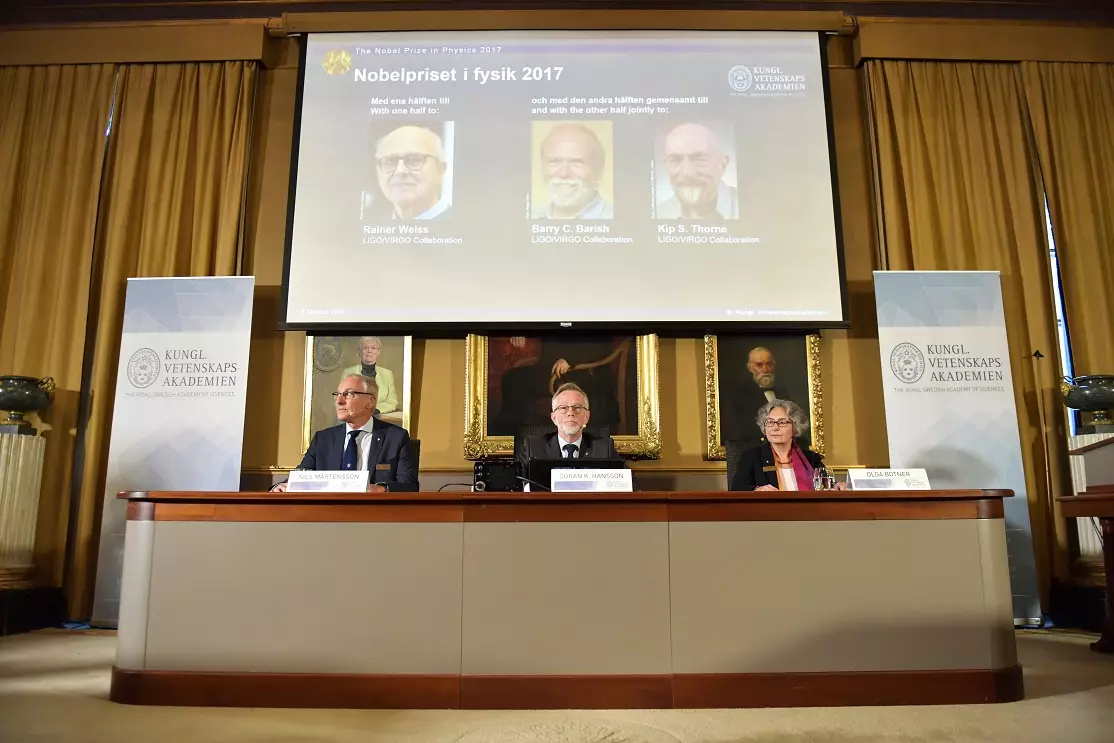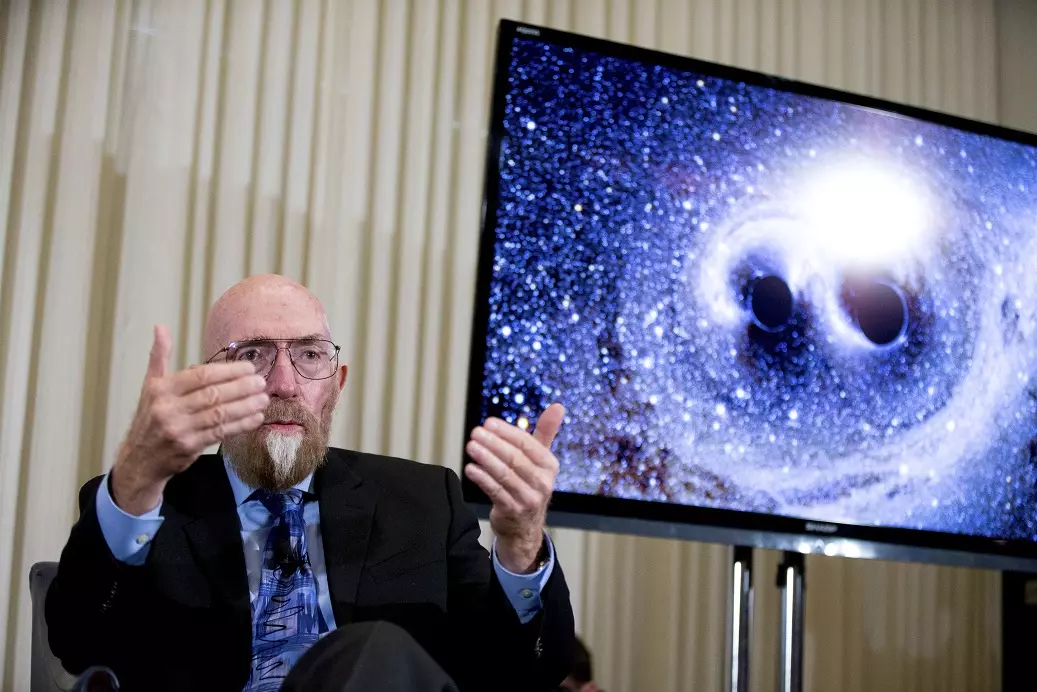
It was one of the biggest announcements in physics history when three scientists published the results of their research. They told the world last year that they had spotted gravitational waves travelling through the universe, which were caused by two massive black holes circling around each other before eventually colliding.
As a result of the huge discovery, Rainer Weiss, Barry Barish and Kip Thorne have been awarded the Nobel Prize for Physics.
The trio worked at Laser Interferometer Gravitational-Wave Observatory (LIGO), which is a massive L-shaped building that picks up on incredibly weak or sensitive measurements from space. While Weiss, Barish and Thorne have been given one of the highest honours in the world, there were more than a thousand people involved in the research.

Credit: PA
The Royal Swedish Academy of Sciences has released a statement saying: "So far all sorts of electromagnetic radiation and particles, such as cosmic rays or neutrinos, have been used to explore the universe. However, gravitational waves are direct testimony to disruptions in spacetime itself.
Advert
"This is something completely new and different, opening up unseen worlds. A wealth of discoveries awaits those who succeed in capturing the waves and interpreting their message."
The three scientists were working off a theory proposed by Albert Einstein, who believed that gravity is the result of curves in space and time. In 1916, the renowned physicist said his theory of general relativity meant that gravitational waves could exist.
Einstein proposed that massive events that happen in the cosmos (such as two black holes colliding with each other) could cause ripples in space and time. However, because of the vastness of space, these ripples would barely be noticeable.

Kip Thorne making the announcement last year. Credit: PA
That's why LIGO was developed in two sites in America, Louisiana and Washington, to try and detect any hint of these ripples. That occurred for the first time in September 2015, and the 'chirp signal' lasted for 0.2 seconds. After scientists realised what they had discovered, they set out to find where it had come from, eventually locating the huge event between 0.6 to 1.4 billion light years away.
When the two black holes collided, the power of the radiated gravitational waves was 50 times greater than the combined power of all light radiated by all the stars in the observable universe.
Not only was it the first time gravitational waves were accurately measured, but it was also the first observation of a 'binary black hole merger' - which occurs when two black holes are so close to each other that they end up caught in each other's gravitational pull, circling each other and becoming one massive black hole.
Weiss, Barish and Thorne will share in the Nobel prize of 9 million Swedish Krona (£834,264/$1.1 million). Weiss, who works at Massachusetts Institute of Technology (MIT), will receive half the amount, and the rest will be split between Barish and Thorne, from the California Institute of Technology.
Advert
Sources: American Physics Society